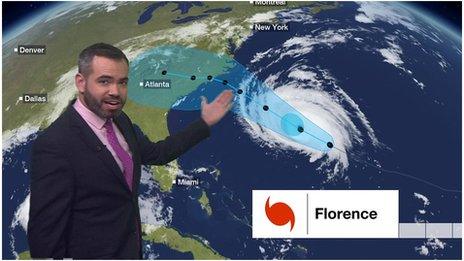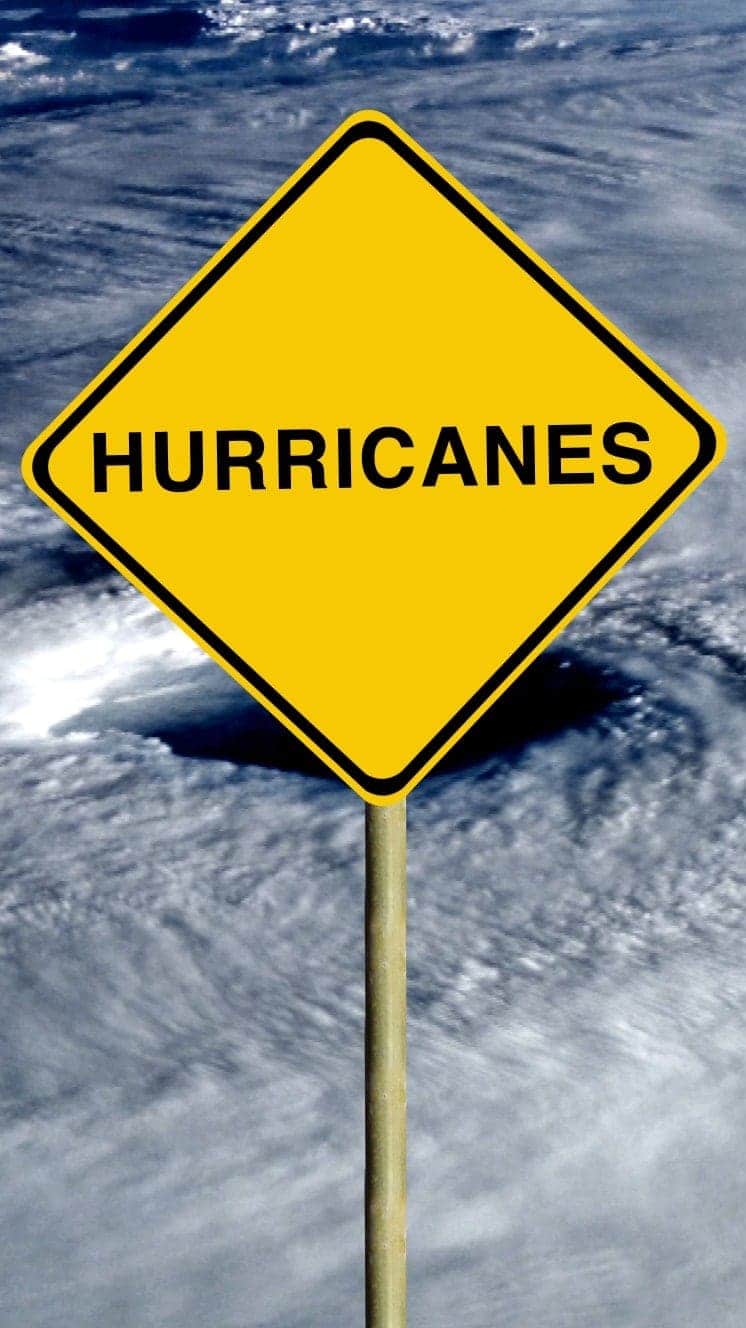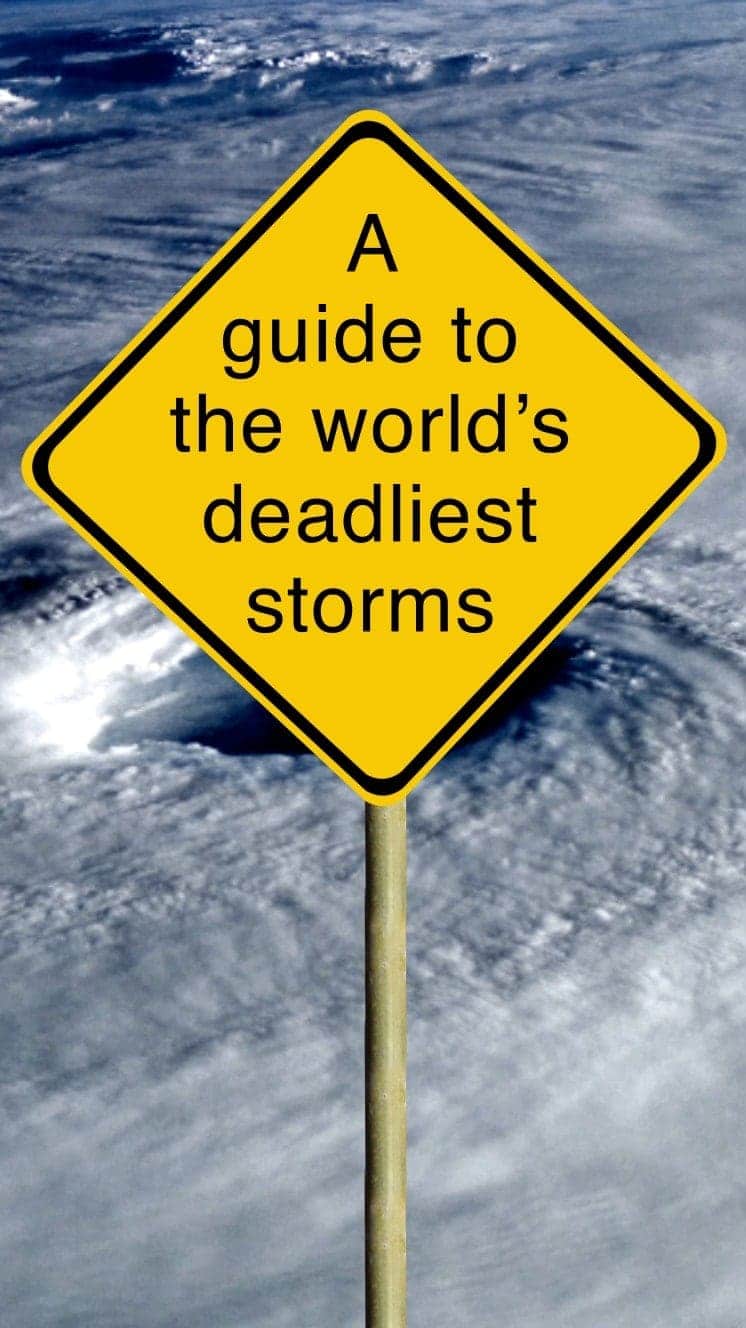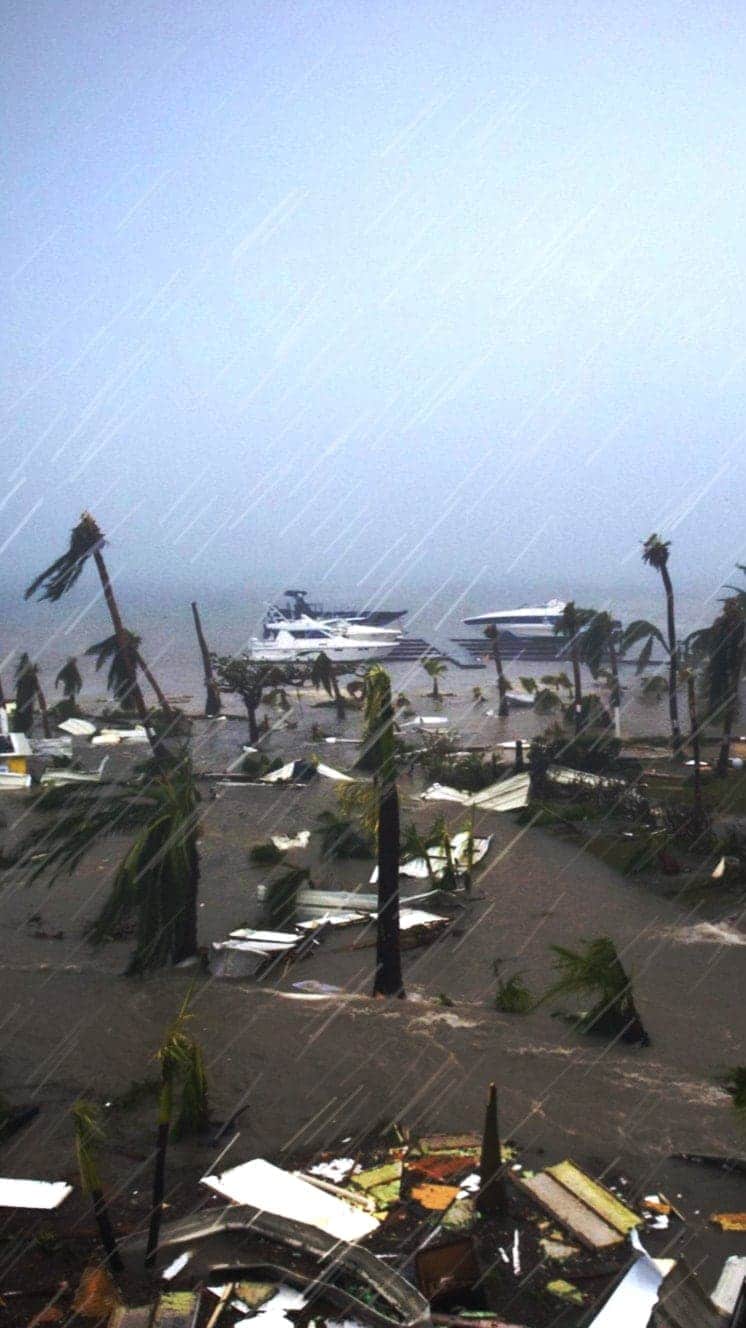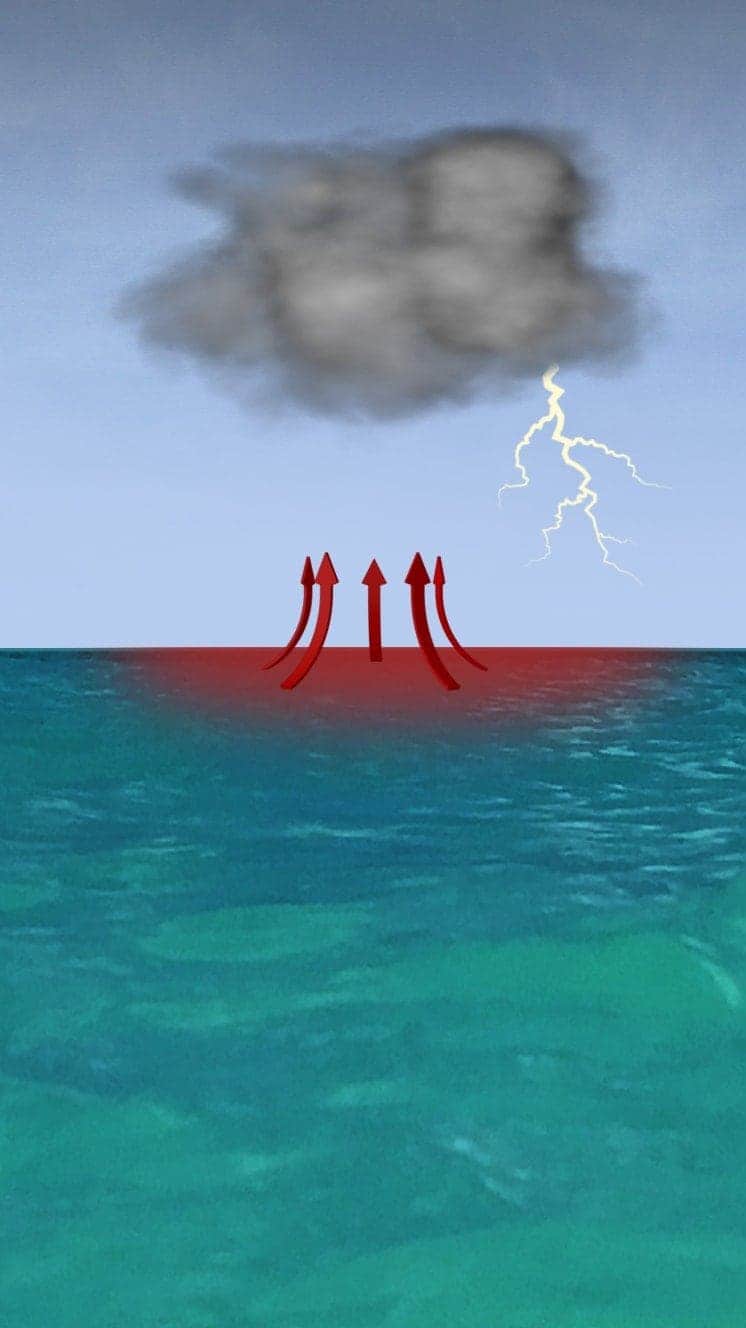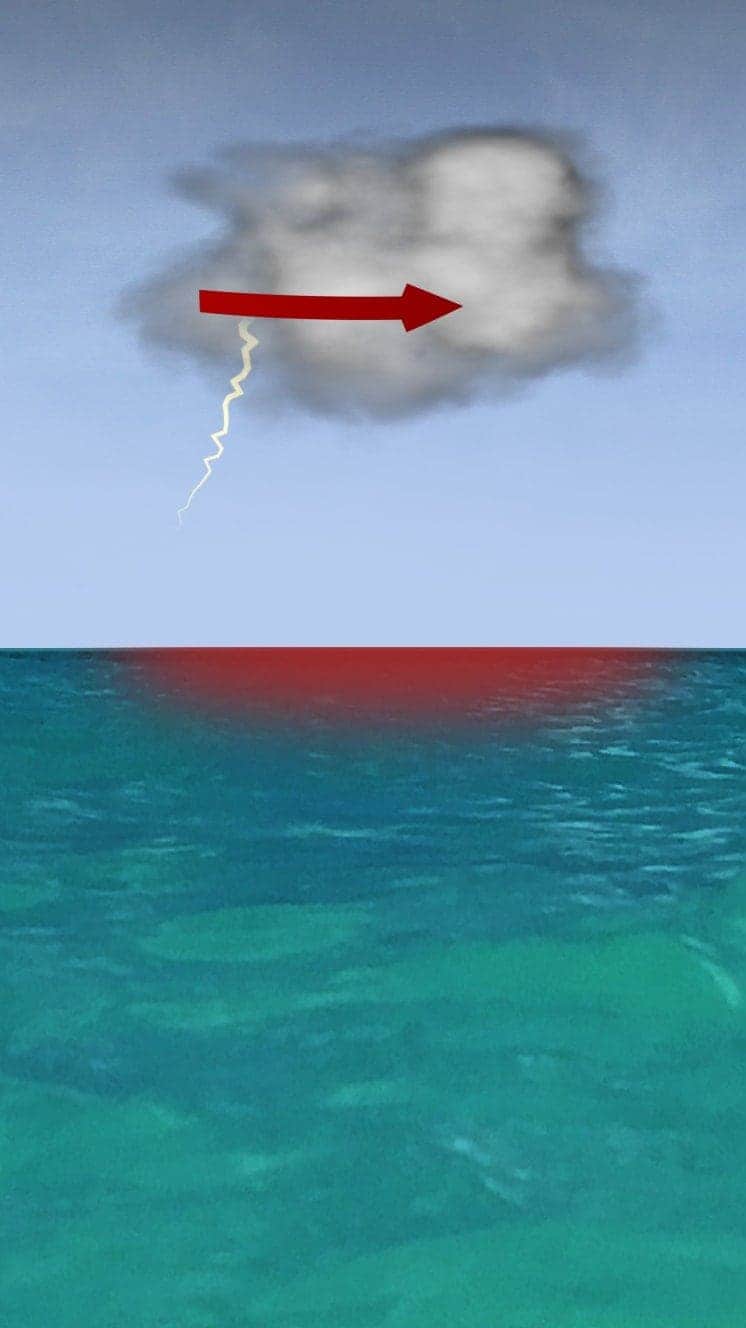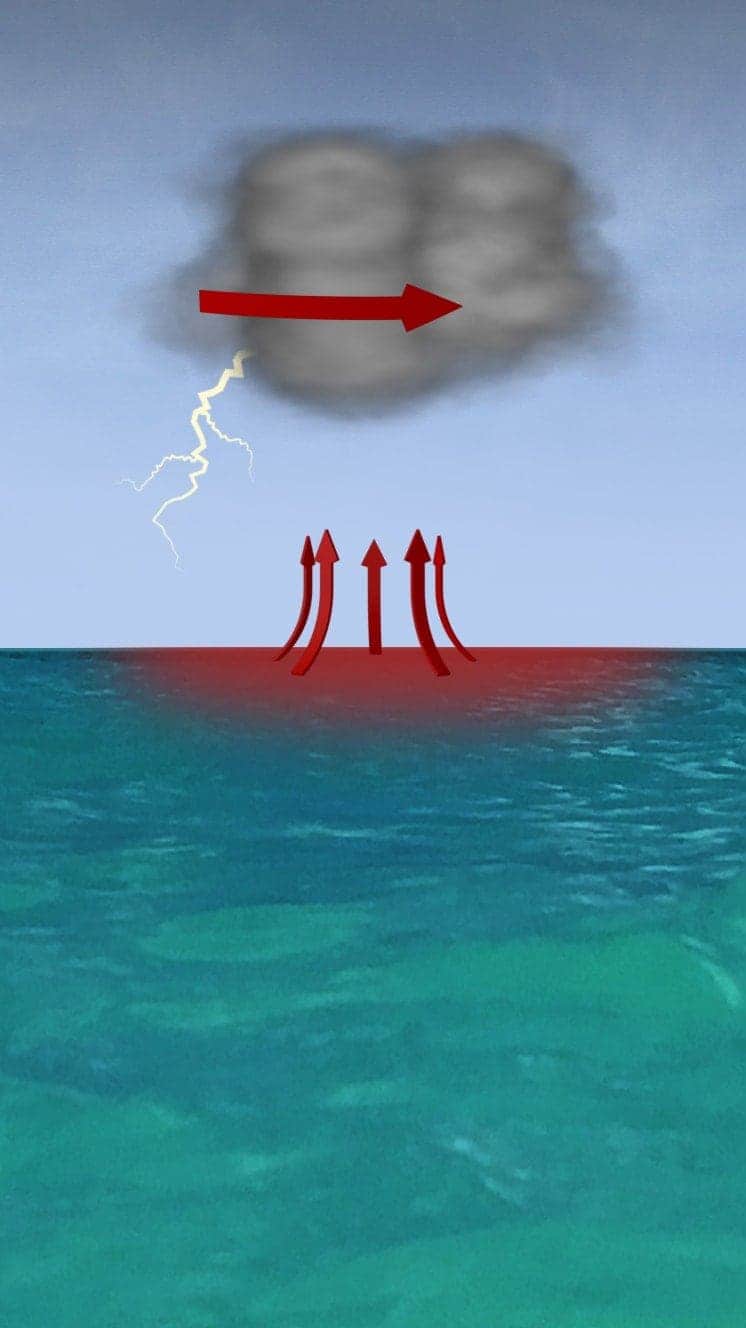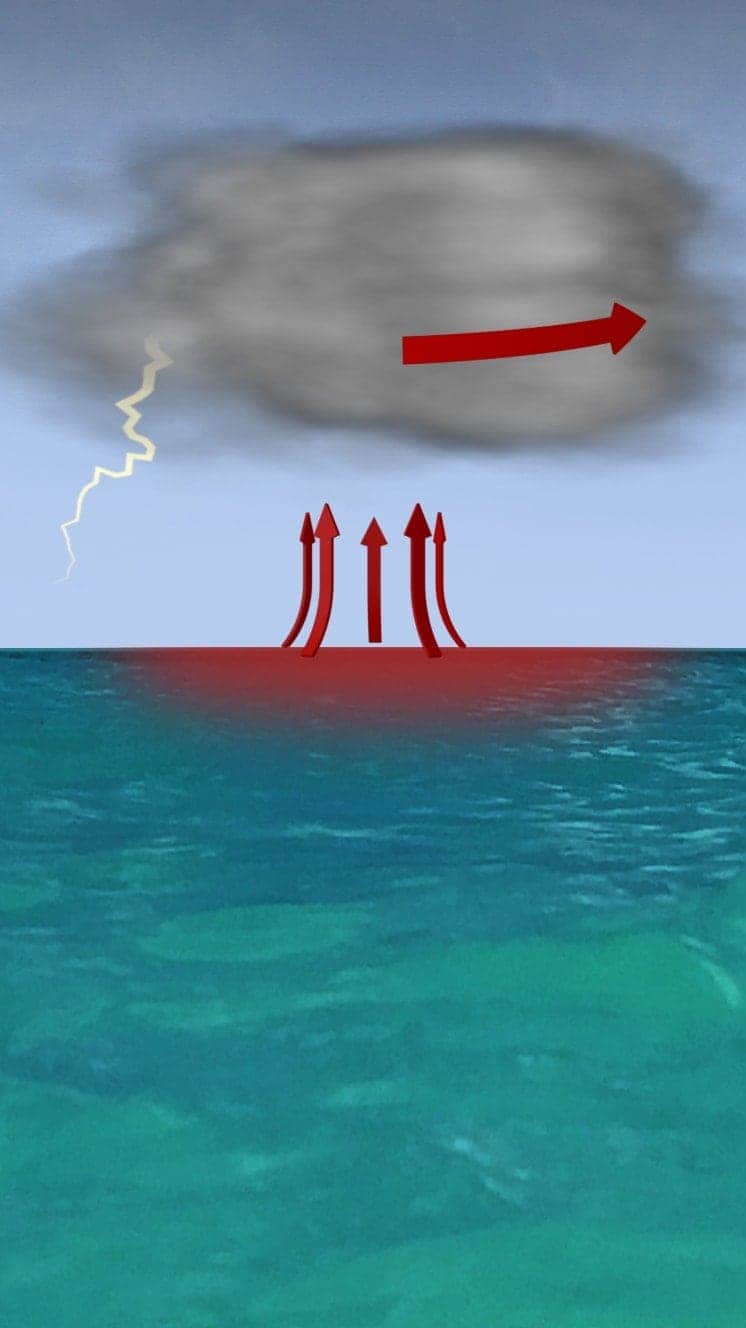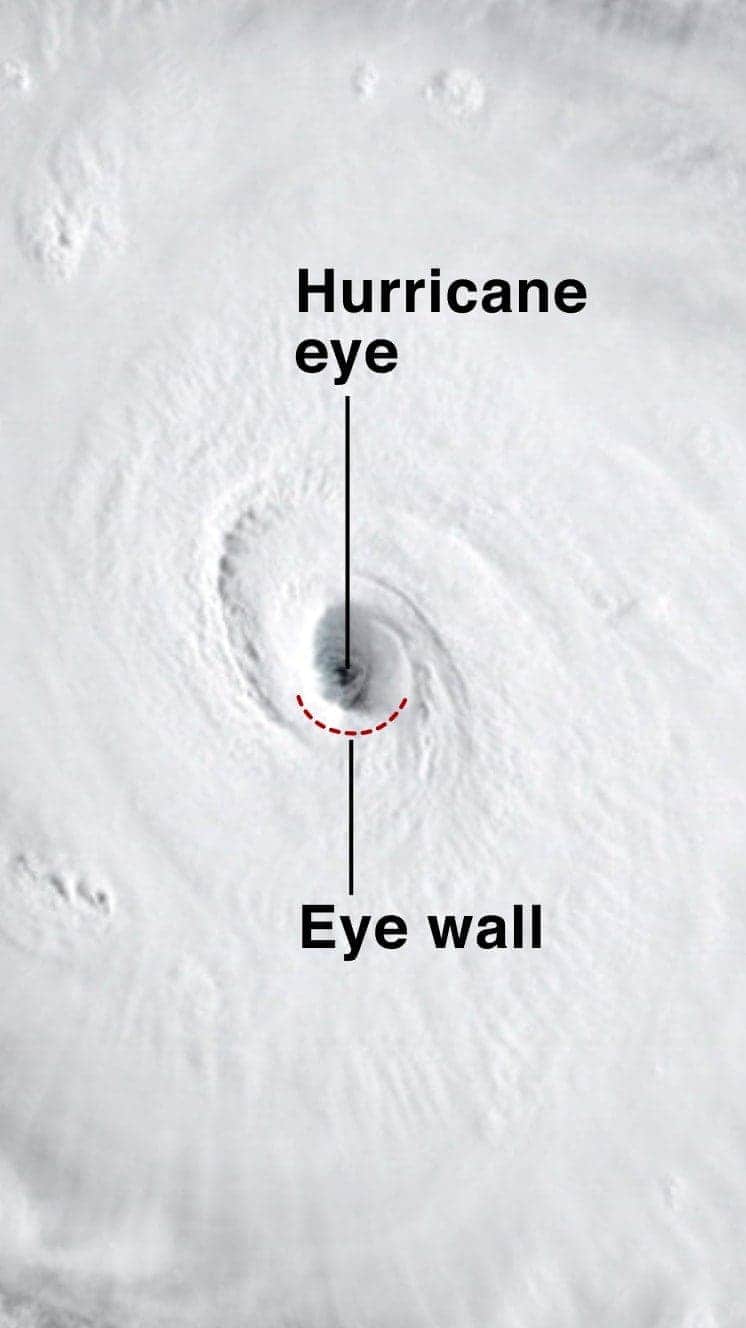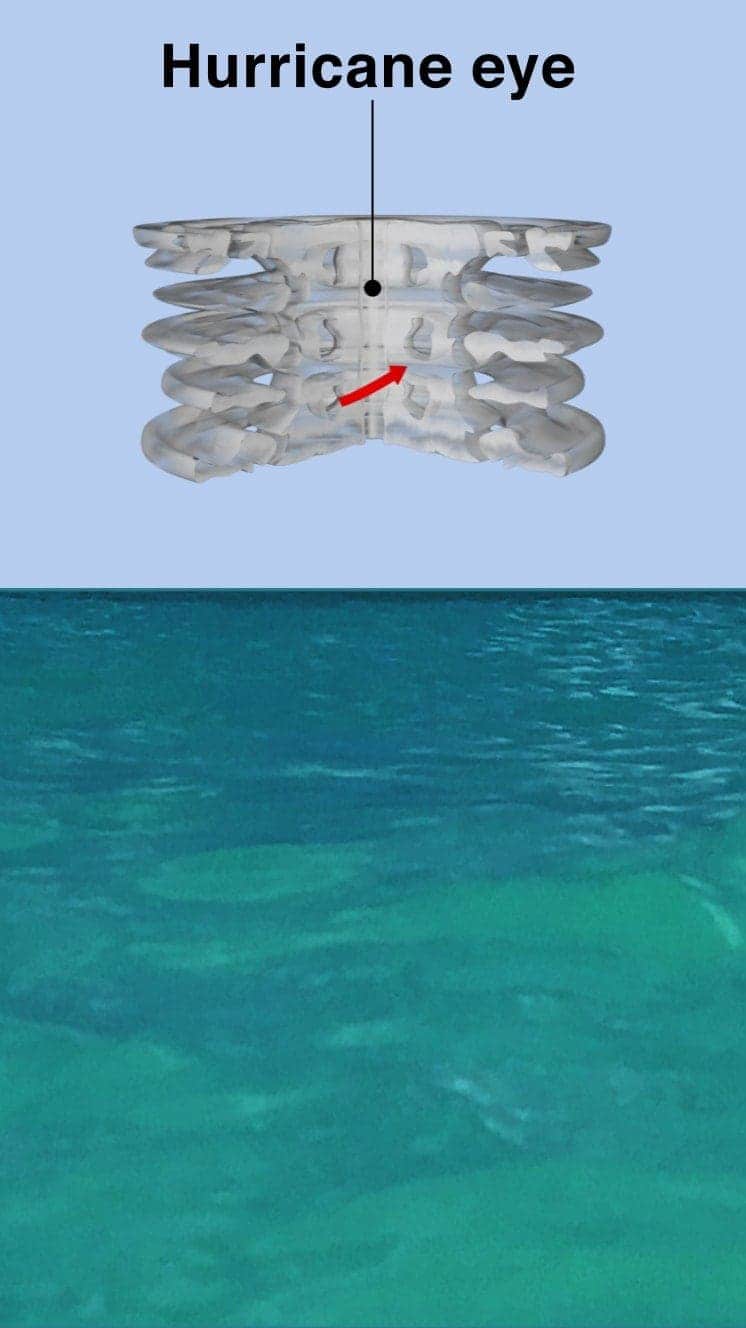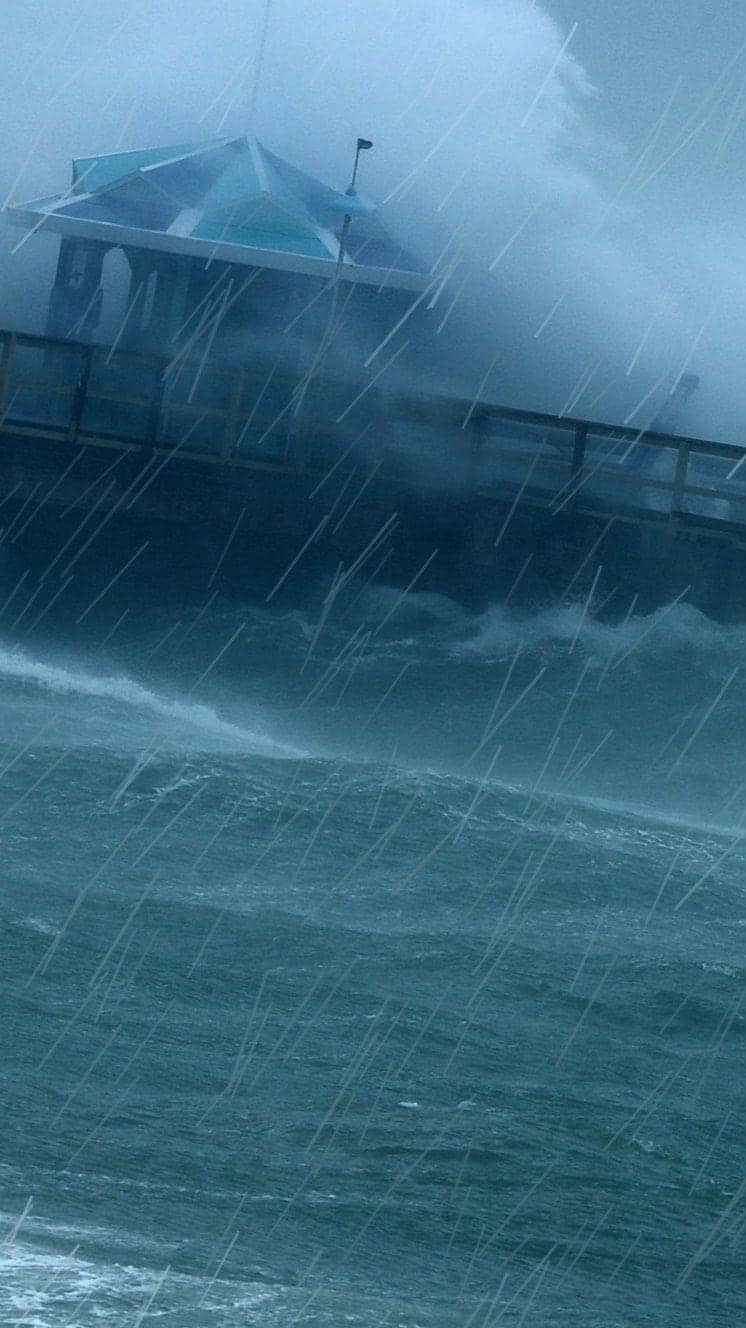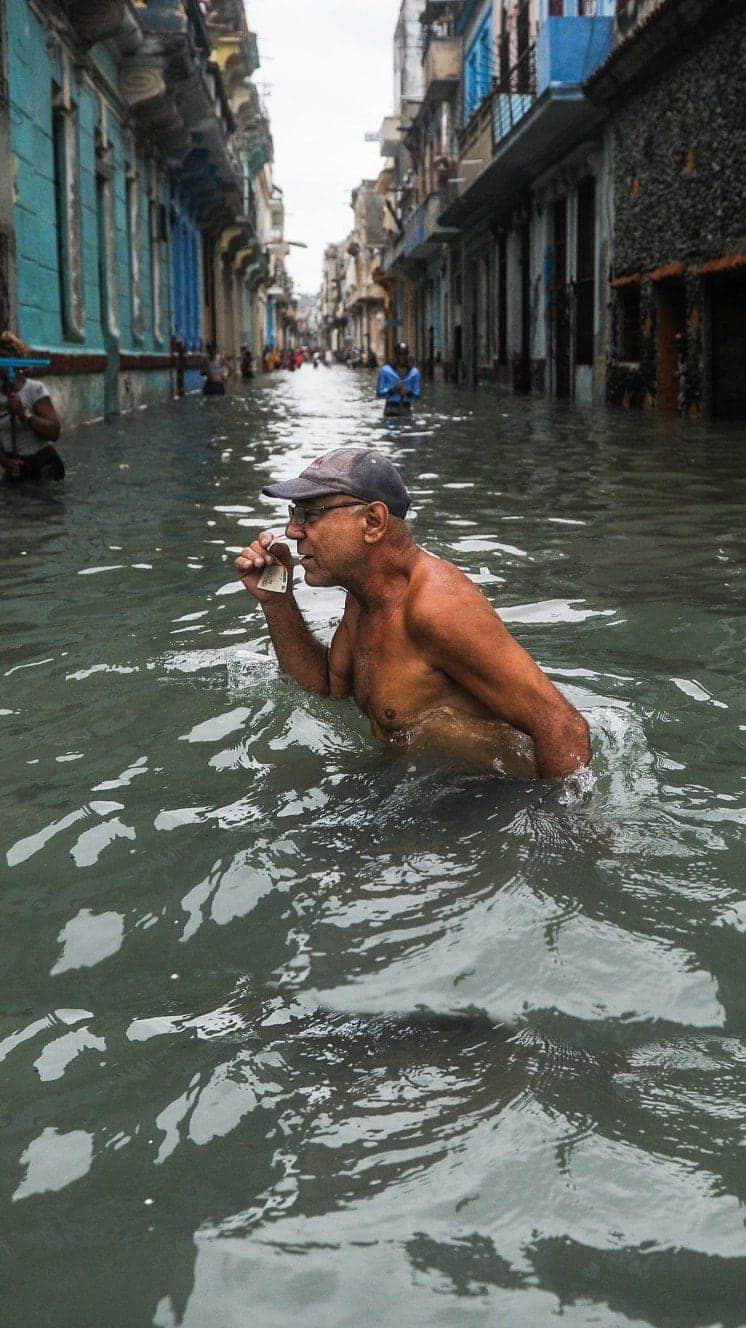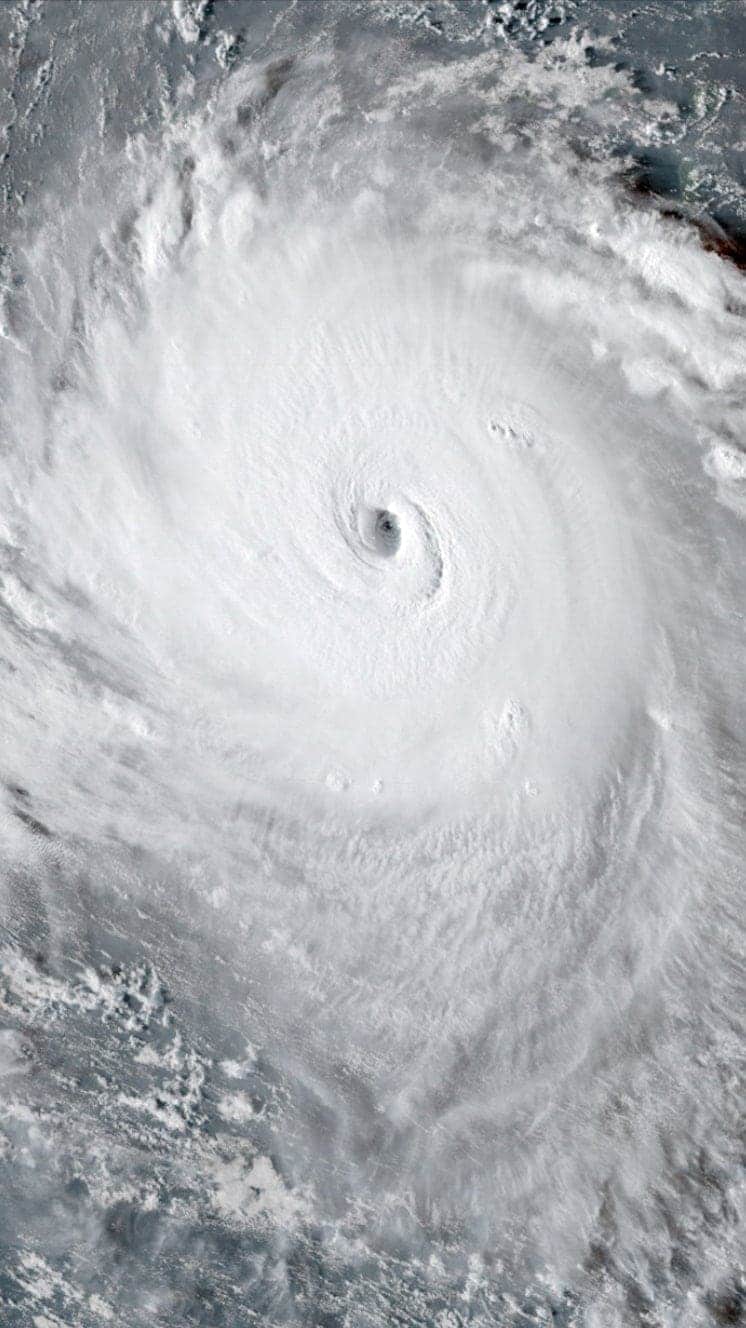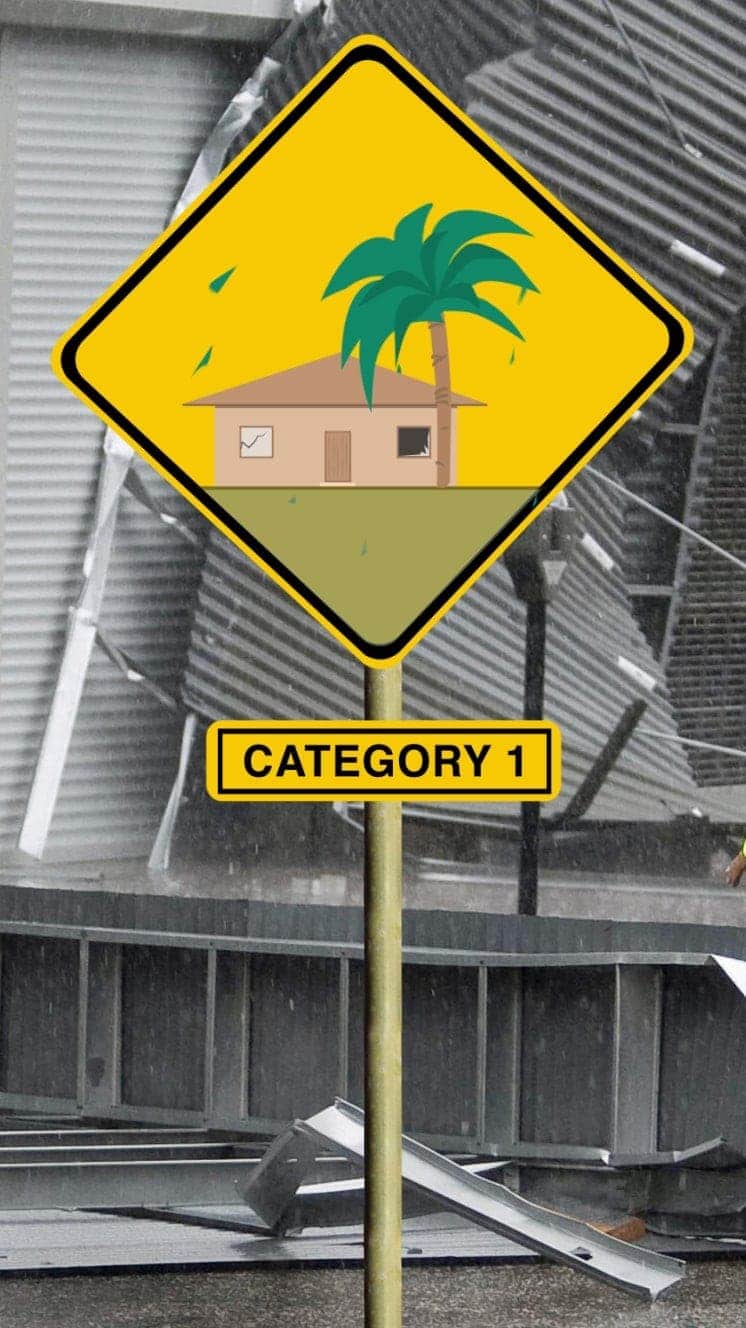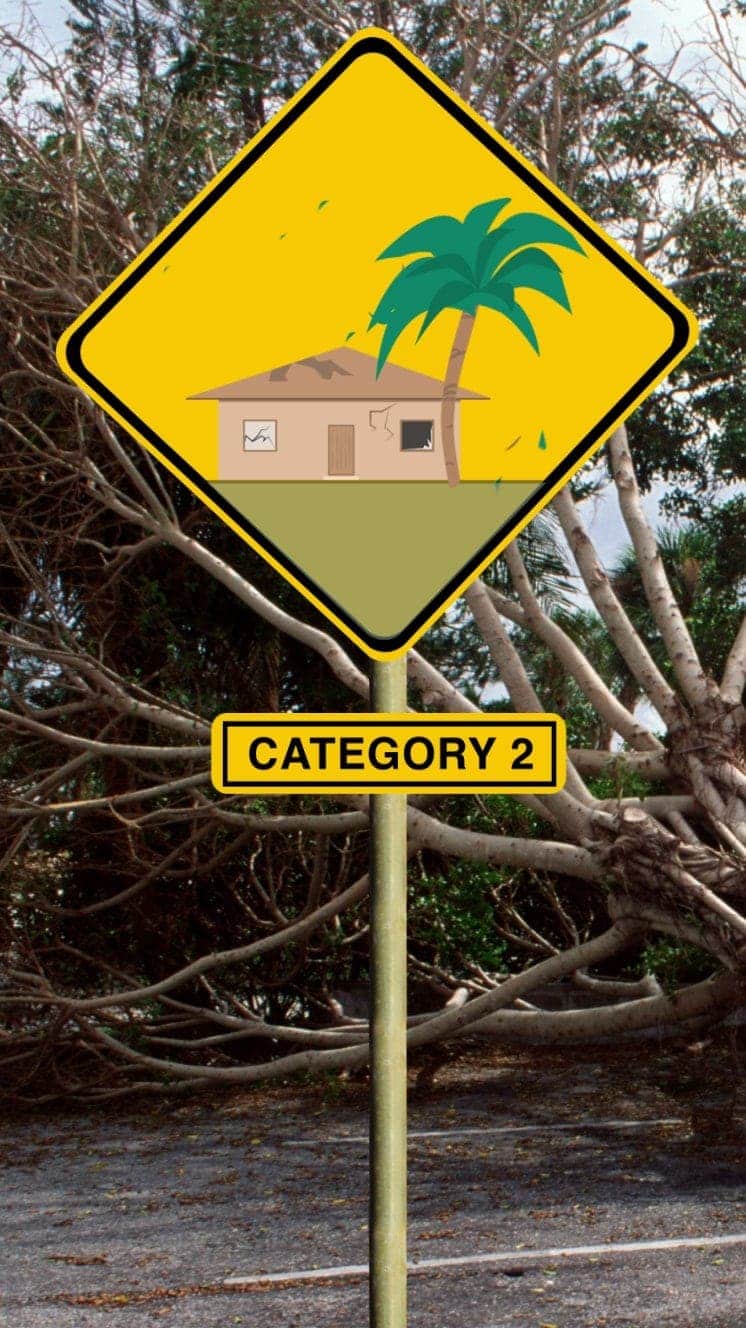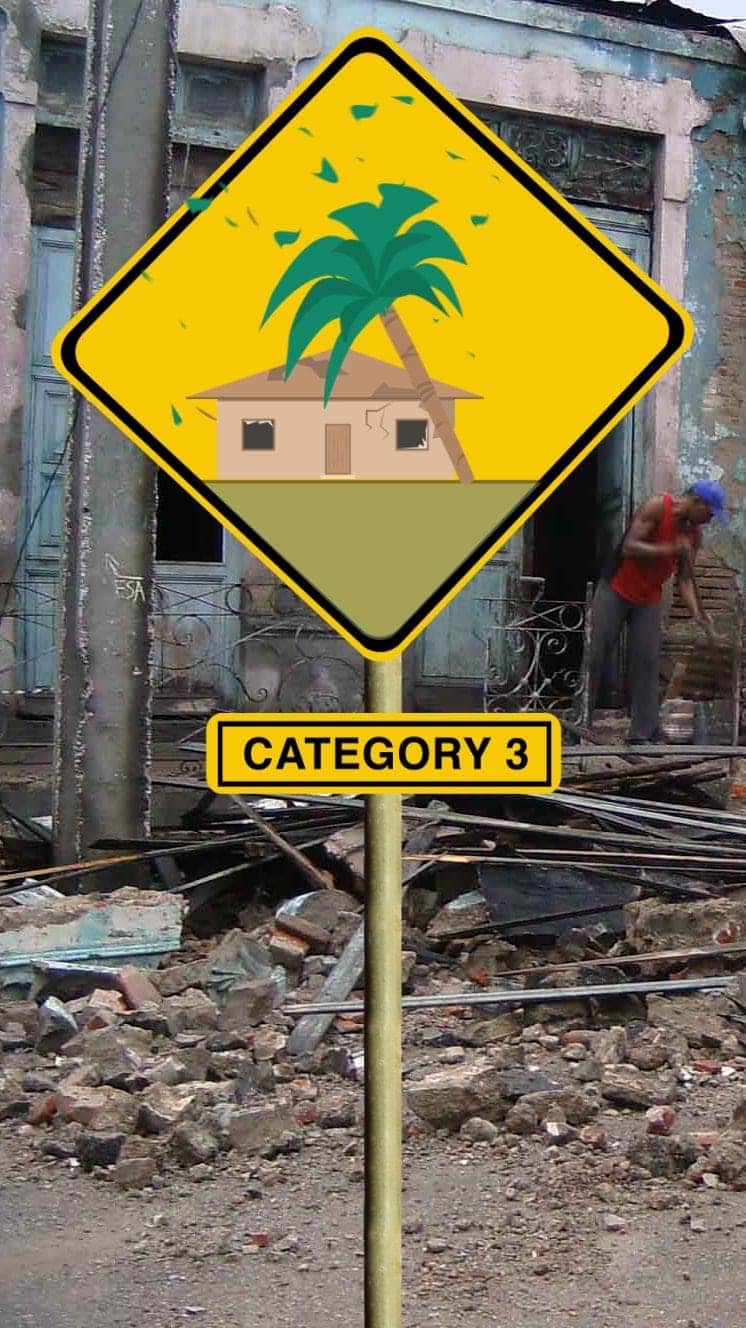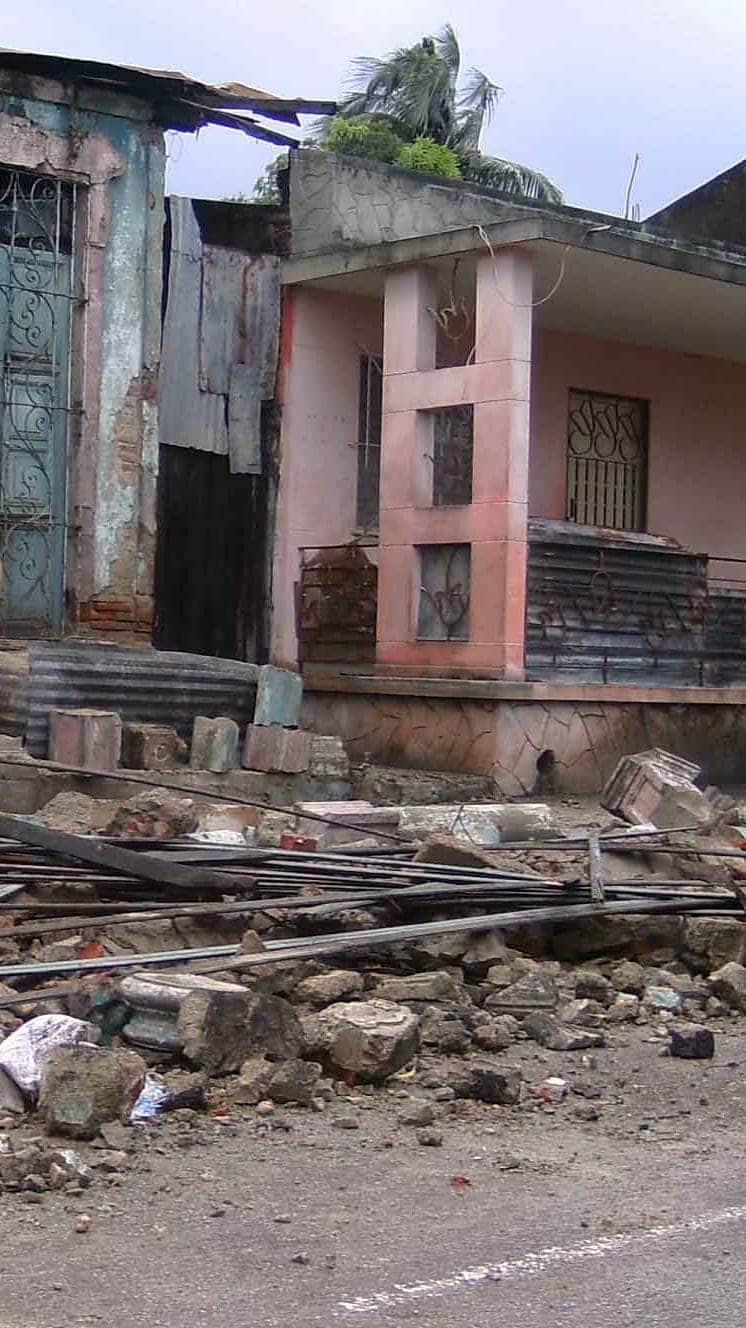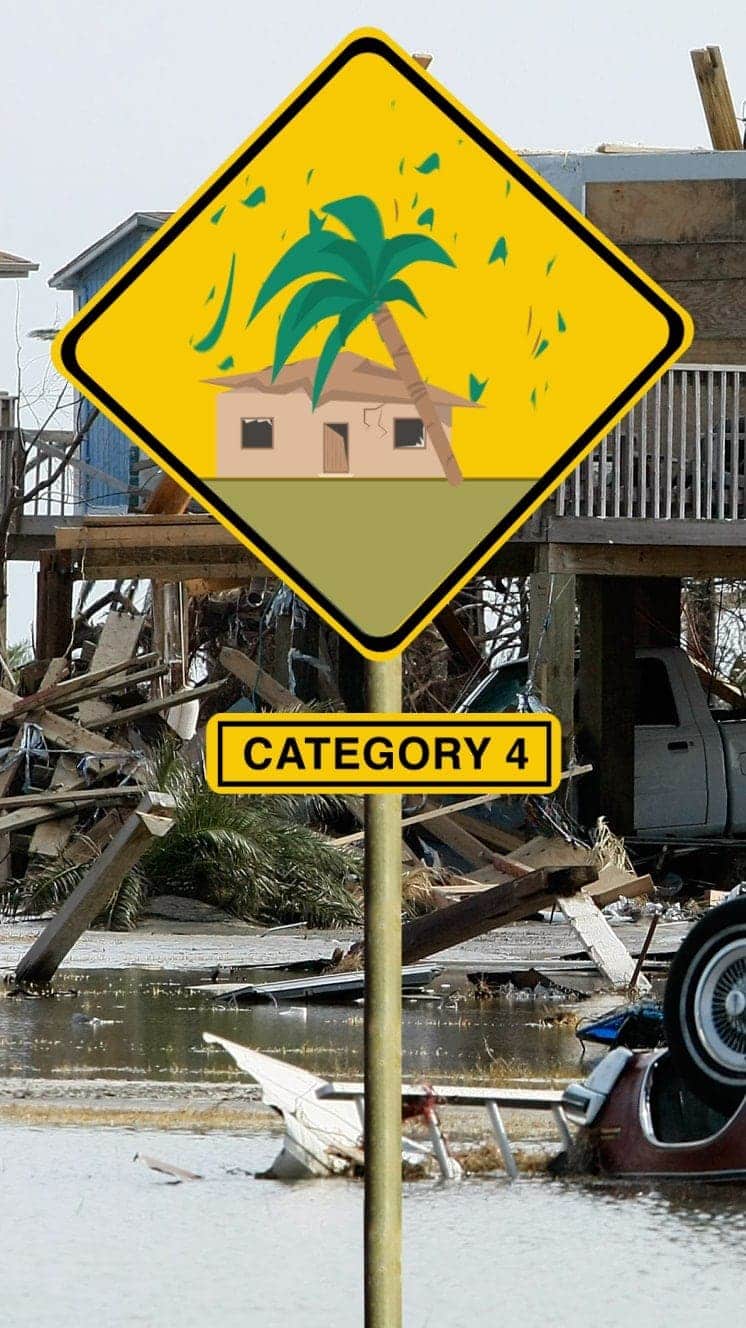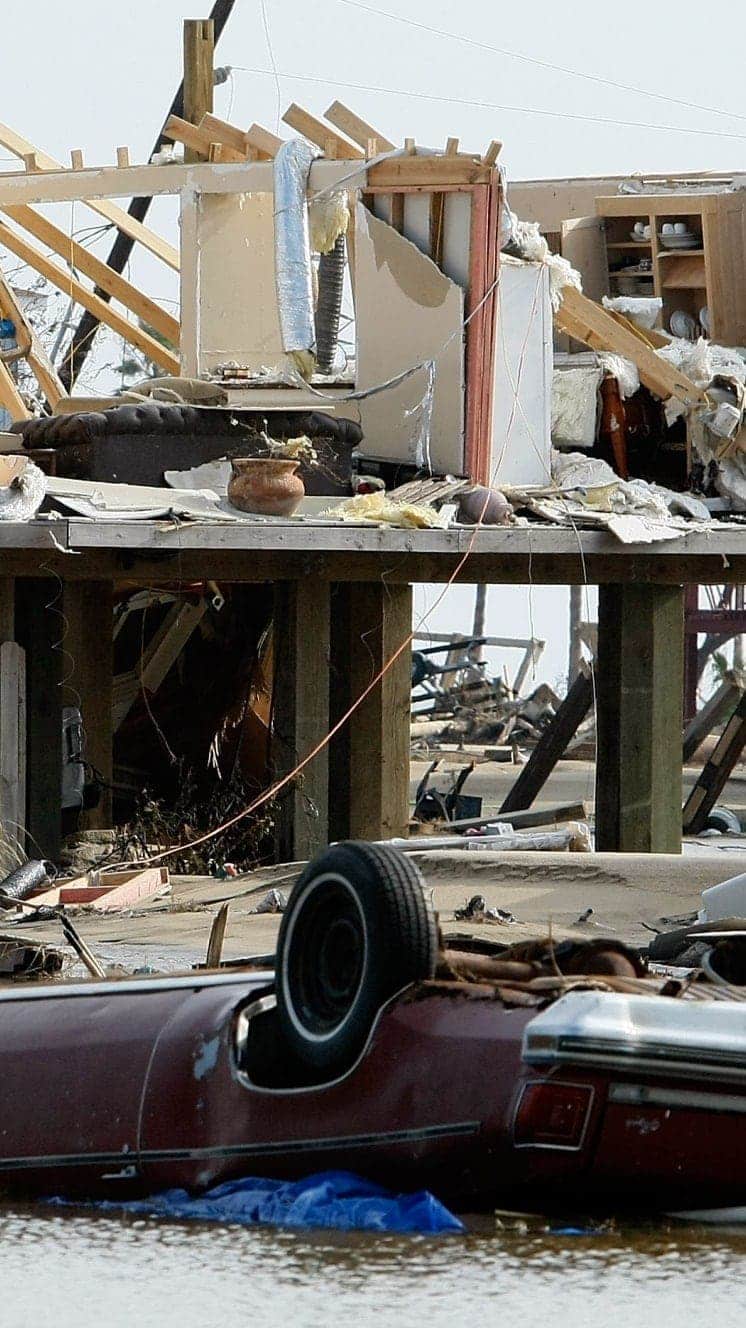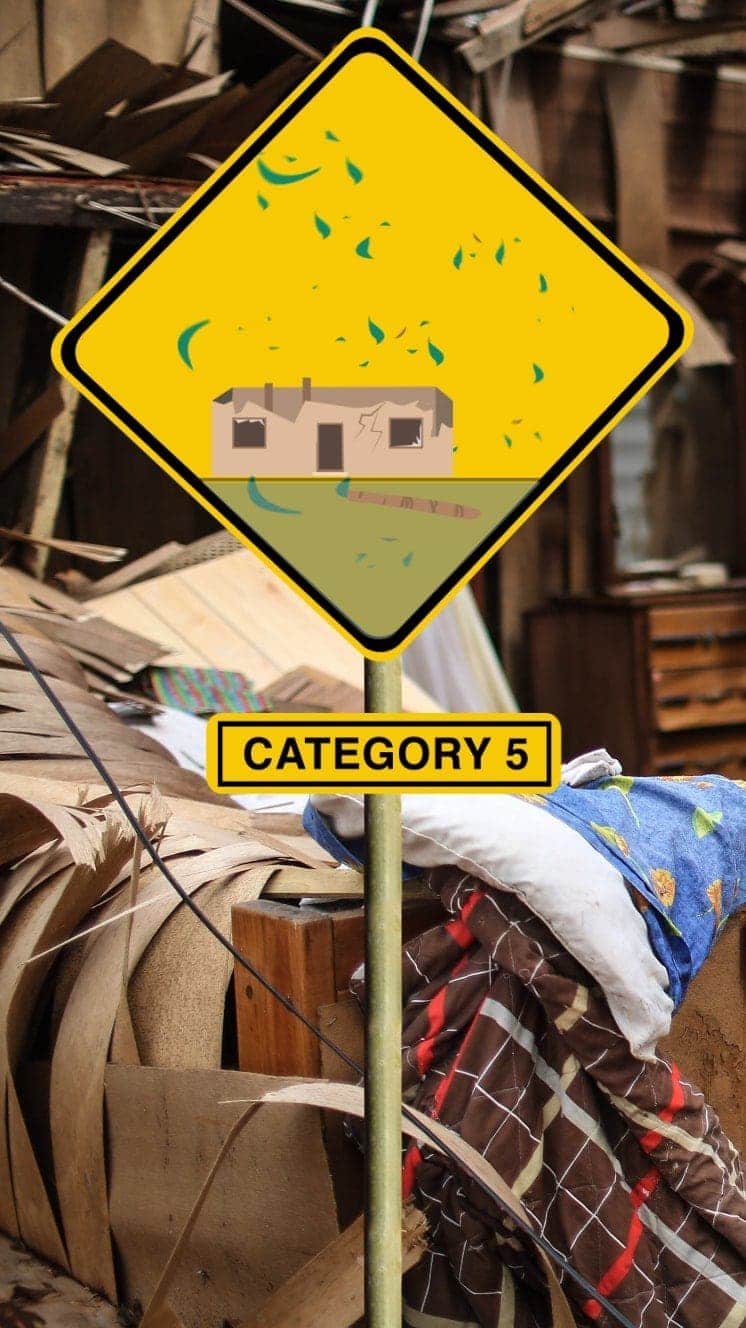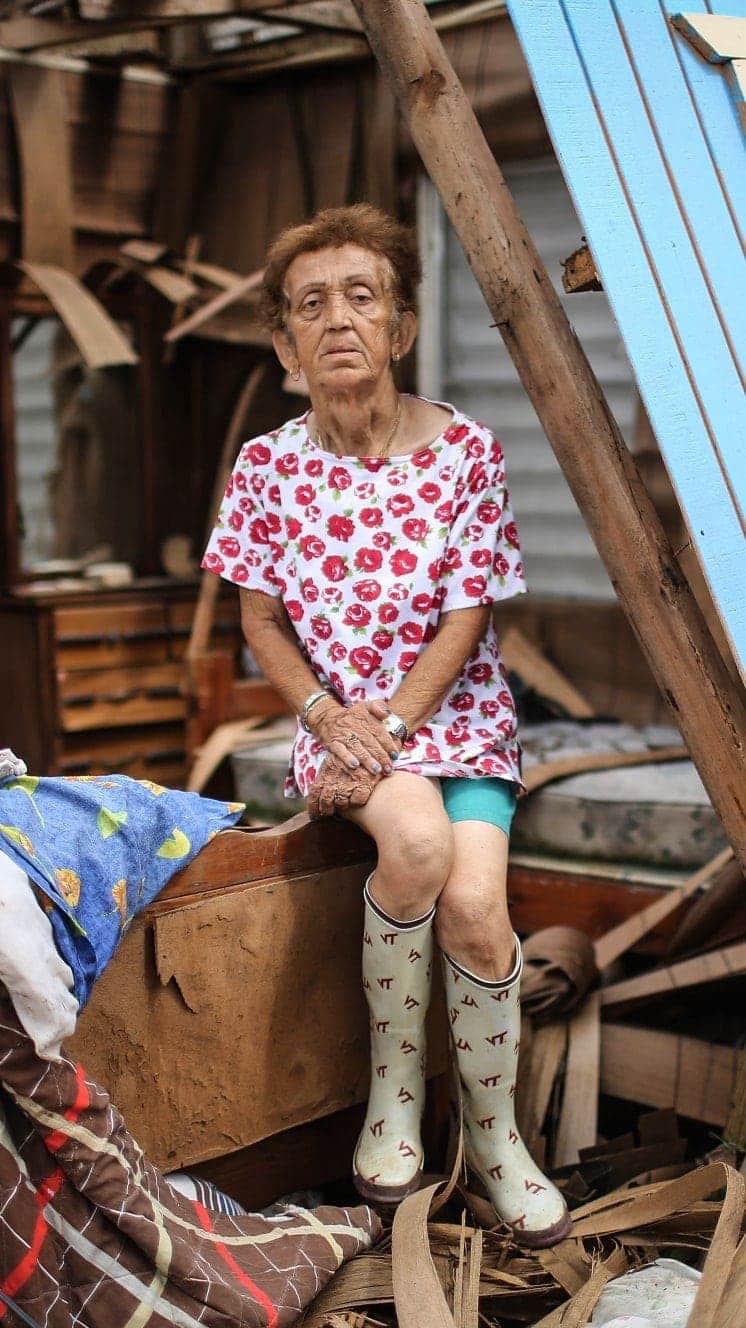Hurricane Florence: Mass evacuation from 'storm of a lifetime'
- Published
People have left homes and taken precautions ahead of the hurricane
US East Coast residents are running out of time to flee before Hurricane Florence hits the region as soon as Thursday evening, officials warn.
The storm was downgraded to category three with maximum sustained winds of 120mph (195km/h), but officials say it is still "extremely dangerous".
Up to 1.7 million people have been ordered to evacuate across South Carolina, North Carolina and Virginia.
Four South Carolina motorways have been diverted one-way to speed the exodus.
On Wednesday, Georgia declared a state of emergency, following the Carolinas, Virginia, Maryland and Washington DC.

A National Weather Service forecaster said: "This will likely be the storm of a lifetime for portions of the Carolina coast.
"And that's saying a lot given the impacts we've seen from Hurricanes Diana, Hugo, Fran, Bonnie, Floyd and Matthew.
"I can't emphasise enough the potential for unbelievable damage from wind, storm surge and inland flooding with this storm."
Why do people ignore hurricane warnings?
Jeff Byard, of the Federal Emergency Management Agency, said: "This is going to be a Mike Tyson punch to the Carolina coast."
North Carolina Governor Roy Cooper warned that "disaster is at the doorstep", and "tens of thousands" of buildings may be flooded.
Waves 83ft (25m) tall were recorded at sea on Wednesday morning.
But while many coastal residents have complied with mandatory evacuation orders, others are boarding up their homes and vowing to ride out the storm.
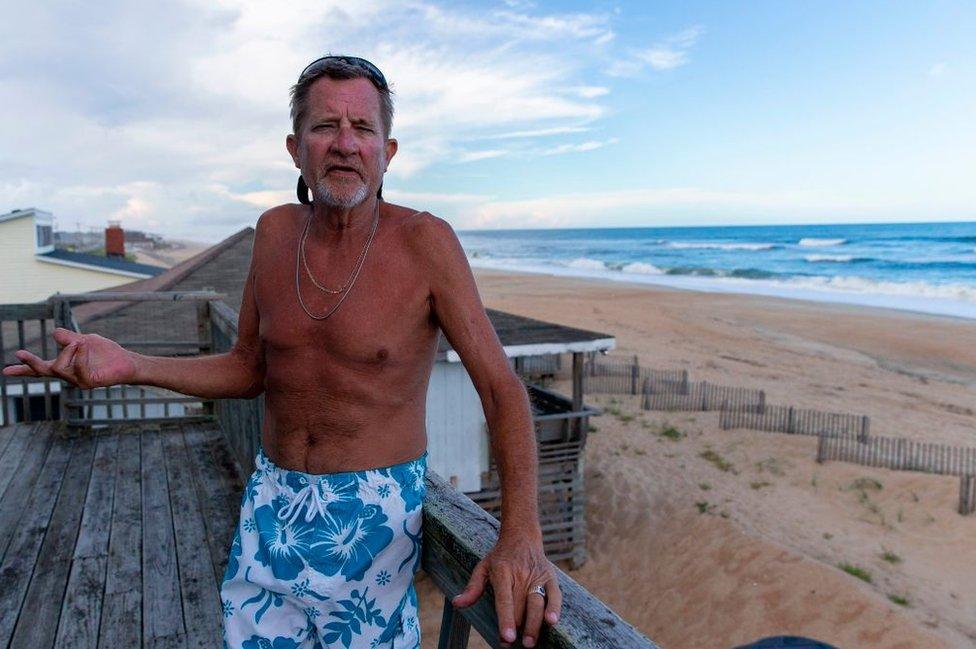
A holidaymaker from Ohio says he plans to ride out the storm from his rental home in North Carolina's Outer Banks
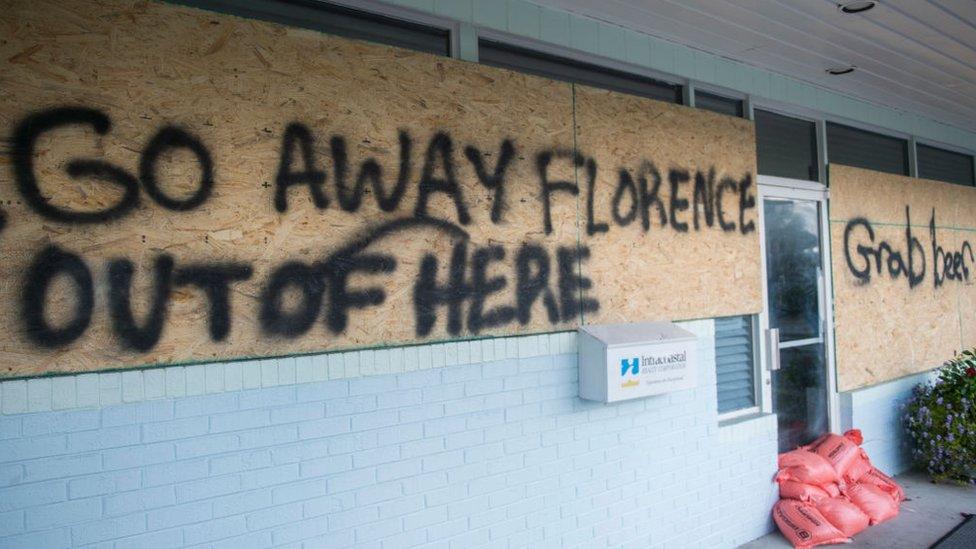
In other developments:
Florence could wreak more than $170bn (£130bn) of havoc and damage nearly 759,000 homes and businesses, says analytics firm CoreLogic
North Carolina farms are moving livestock to safety. In 1999, Hurricane Floyd left hundreds of thousands of dead hogs and chickens floating in floodwaters in the state
Nearly 1,000 prisoners in South Carolina will not be moved from their cells, despite a mandatory evacuation order in the area. "In the past, it's been safer to leave them there," said a state department of corrections spokesman
There are fears for wild horse herds in North Carolina's Outer Banks, but experts say these equines can sense bad weather coming and head to higher ground
In a video posted to his Twitter account on Wednesday, US President Donald Trump warned residents in Florence's bullseye to heed official warnings.
"Get out of its way, don't play games with it," said Mr Trump. "It's a big one, maybe as big as they've seen, and tremendous amounts of water."
"Bad things can happen when you are talking about a storm this size. It's called Mother Nature. You never know, but we know. We love you all, we want you safe."
European astronaut Alexander Gerst shared images of Florence's eye wall from space, calling the storm a "no-kidding nightmare".
Allow X content?
This article contains content provided by X. We ask for your permission before anything is loaded, as they may be using cookies and other technologies. You may want to read X’s cookie policy, external and privacy policy, external before accepting. To view this content choose ‘accept and continue’.

What makes Florence so dangerous?
Forecasters say the storm poses such a threat because it is expected to slow down and hover for nearly two days over the Carolina coast, before dipping south towards Georgia.
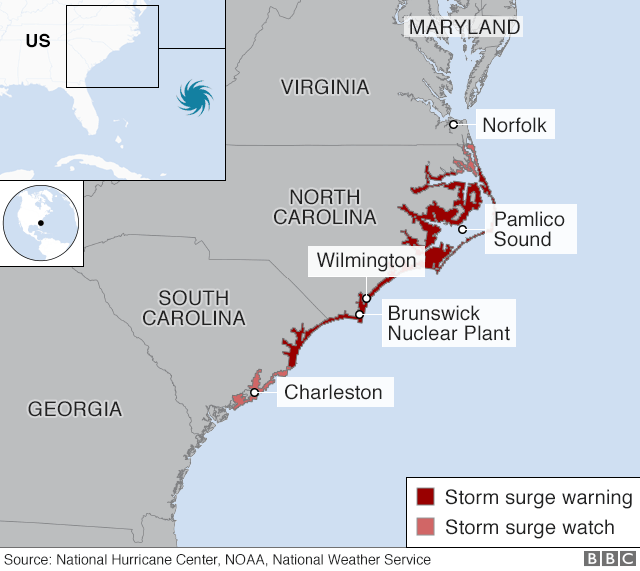
It is forecast to bring 20-40in (50-100cm) of rain and life-threatening storm surges of up to 13ft. As of Wednesday evening, officials say these surges are now "highly likely" as Florence churns closer.
The National Weather Service also predicts "catastrophic flash flooding and prolonged significant river flooding" in parts of the Carolinas and Appalachians.
Hurricane force winds will emanate up to 70 miles from the centre of the storm, say meteorologists.

National Hurricane Center Director Ken Graham warned that waterways up to 40 miles inland may flood.
Mr Graham said the Pamlico and Neuse rivers in North Carolina will see their flows "reversed" as storm surges push water back inland.
He added that half of fatalities during hurricanes are caused by storm surges, and another quarter of deaths are due to inland rains and flooding.
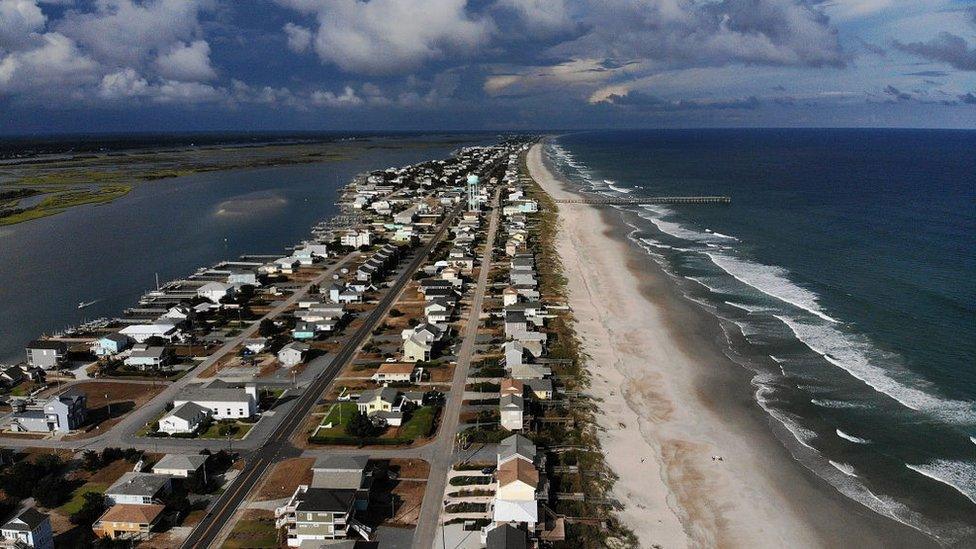
The barrier islands of the Carolina coastline could be prone to flooding
Is global warming to blame?
The relationship between climate change and hurricanes is a complex one.
Warmer seas power hurricanes. So as the temperature of ocean water goes up, we might expect the intensity of hurricanes to increase in future.
A hotter atmosphere can also hold more water, so this should allow hurricanes to dump more water on affected areas.
But there are so many factors that contribute to these rare events, it has been difficult to tease out clear trends from the data.

Chuck Ledford (L), watches Looney-Tunes with his daughter Misty as they evacuate in Wilmington, North Carolina

Navy ships that are under repair and cannot go to sea are secured to the Norfolk, Virginia, port with heavy moorings


Are you in the area? How are you preparing for the hurricanes? Let us know by emailing haveyoursay@bbc.co.uk, external.
Please include a contact number if you are willing to speak to a BBC journalist. You can also contact us in the following ways:
WhatsApp: +447555 173285
Tweet: @BBC_HaveYourSay, external
Send pictures/video to yourpics@bbc.co.uk, external
Send an SMS or MMS to 61124 or +44 7624 800 100
Please read our terms and conditions and privacy policy
- Attribution
- Published12 September 2018
